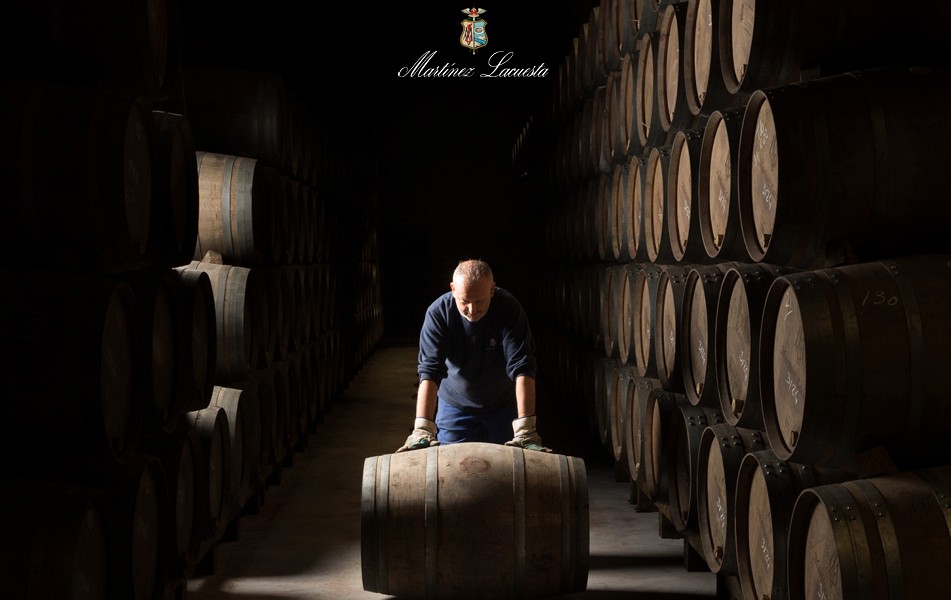Hidden instructions discovered on ancient wine cup
Italian researchers have been examining hidden messages in ancient Greek and Roman pottery following the discovery of an intriguing message on a wine cup.
Dr Mario Iozzo, the director of the National Archaeological Museum in Florence and curator Maurizio Sannibale have discovered that some ancient pottery includes written instructions, which, they argue, sheds new light on the work dynamic between potters and painters in the ancient world.
Messages on ancient pottery are not unknown and whole verses of poetry have been found before but it is becoming increasingly clear that more functional instructions were also common and helped shaped the creative process.
One of the first instances of this type of message was noticed on a Classical Greek kylix – the well-known shallow bowled wine cups – some 20 years ago by Canadian scholar Robert Guy but it didn’t arouse much interest.
Guy’s observation did catch the eye of Iozzo however and, in 2016, when working on a 5th century BC kylix in the Gregorian Etruscan Museum in the Vatican, a ray of late afternoon sunshine seemed to reveal something very similar that had remained unnoticed for over 2,000 years.
As reported by the Wall Street Journal, Sannibale recalled: “At a certain point, a beam of sunlight came through the window and fell directly on the kylix. In that special light, you could see that something was there.”
Using some very advanced photographic equipment, the pair were able to reveal a message which, on the basis of the language used, they concluded must have been written into the still soft clay of the cup by the potter himself.
The message is a set of instructions to the painter telling them the subject matter to be depicted – in this case Oedipus listening to the riddle of the sphinx – and how.
Partner Content
Iozzo has subsequently examined several hundred pieces of similar red-figure ceramics and found similar inscriptions written on seven of them.
While still a small sample size, given the many thousands of ancient Greek ceramics that exist around the world it is likely messages exist on quite a few more and Iozzo also concluded that only the very best cups and vases – intended for noble houses perhaps – might be deemed worthy of needing detailed instructions. Might there also be the intriguing possibility that certain pieces were commissioned?
At the very least, Iozzo said that his findings suggested strongly that the potter had “considerable influence” on the decoration of his output and these instructions add a little extra knowledge to the, largely undocumented, lives of ordinary ancient Greeks and Italians and how they conducted their business.
“What this does is to open a gash through which we can peer into a workshop producing ceramics two and half thousand years ago and see how it operated,” he told WSJ.
“For me, that is more fascinating than the discovery of a [new text by] Cicero.”
Iozzo’s findings will be published next month in the American Journal of Archaeology and he hopes it will inspire other scholars to take a closer look at what lies beneath the paintwork of their ancient pottery.




